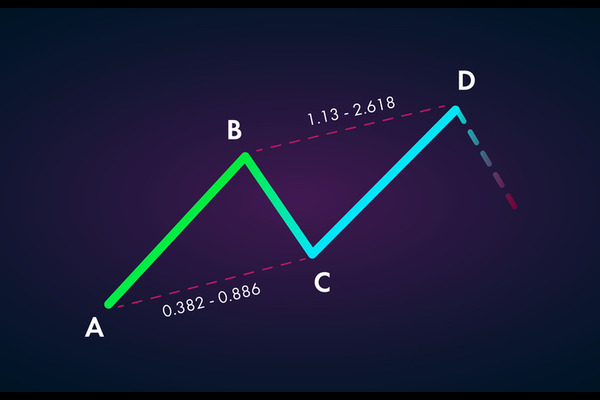What is Intraday Trading?
Intraday trading is a financial trading strategy in which traders engage in
buying and selling operations on the same trading day without holding any
positions overnight. The goal of this trading strategy is to quickly buy and
sell financial assets, utilizing short-term price fluctuations in the market to
generate profits.

Intraday trading is usually suitable for high-liquidity markets such as
stocks, futures, forex, and commodity markets. Traders make decisions
based on factors such as technical analysis, market dynamics, and real-time data
to determine the optimal entry and exit times.
Compared to long-term investments, intraday trading has a shorter time cycle
and a faster rate of risk and return. Traders must closely monitor market
fluctuations and price trends and be able to make quick decisions. They rely on
technical indicators, chart patterns, trading strategies, and risk management methods to guide their trading operations.
The advantage of intraday trading is that traders can earn the same day's
profit and avoid the overnight risk of holding positions. In addition, day
traders are usually not affected by long-term fundamental factors and focus more
on technical analysis and short-term Market trends.
However, intraday trading also poses certain challenges and risks. Market and
price fluctuations may be difficult to predict, and technical analysis tools are
also limited. In addition, intraday trading places high demands on the
psychological state, discipline, and execution ability of traders.
Intraday trading is a fast-paced and high-risk trading strategy. Here are
some commonly used intraday trading techniques for reference:
1. Determine a trading plan: It is crucial to develop a detailed trading plan
before conducting intraday trading. Clarify trading objectives, entry and exit
strategies, risk management, and fund management rules. Following the plan and
maintaining discipline are crucial for successful intraday trading.
2. Focus on high liquidity markets: Choose markets with high liquidity, such
as major stock, forex, and futures markets. These markets typically
have more trading opportunities and shorter price fluctuations, making them
suitable for intraday trading.
3. Learn technical analysis: Technical analysis is a key tool for day
traders. Learn and master commonly used chart patterns, technical indicators,
and price behavior patterns. These technical analysis tools can help you
identify Market trends, support and resistance levels, buying and selling
signals, etc.
4. Use short-term charts: day traders typically use shorter time periods,
such as 1-minute, 5-minute, or 15-minute charts. These short-term charts can
provide more immediate and accurate price information and help you capture
short-term price fluctuations.
5. Set stop loss and profit targets: Set stop loss and profit targets in each
transaction. Stop loss is to protect your trading capital and limit losses. The
goal is to lock in profits and avoid greed. A reasonable setting of stop-loss
and profit targets is an effective risk management method.
6. Pay attention to market trends and news: Timely follow market news,
economic data, and company announcements that have a significant impact on the
market. This information may cause price fluctuations in the market, so it is
important to consider it before making trading decisions.
7. Implement risk management strategies: Intraday trading is easily
influenced by emotions, so implementing strict risk management strategies is
very important. Do not invest too much money in a single transaction, and
control the risk and size of each transaction.
8. Maintain calm and discipline: Daytime trading requires a calm and
determined mindset. Don't be disturbed by market noise and short-term
fluctuations; stick to trading plans and follow rules and strategies.
Most importantly, intraday trading is a skill that requires continuous
learning and practice, and there are no shortcuts to take. Continuously learning
and accumulating trading experience, continuously improving, and optimizing your
trading strategy are the keys to achieving success.







